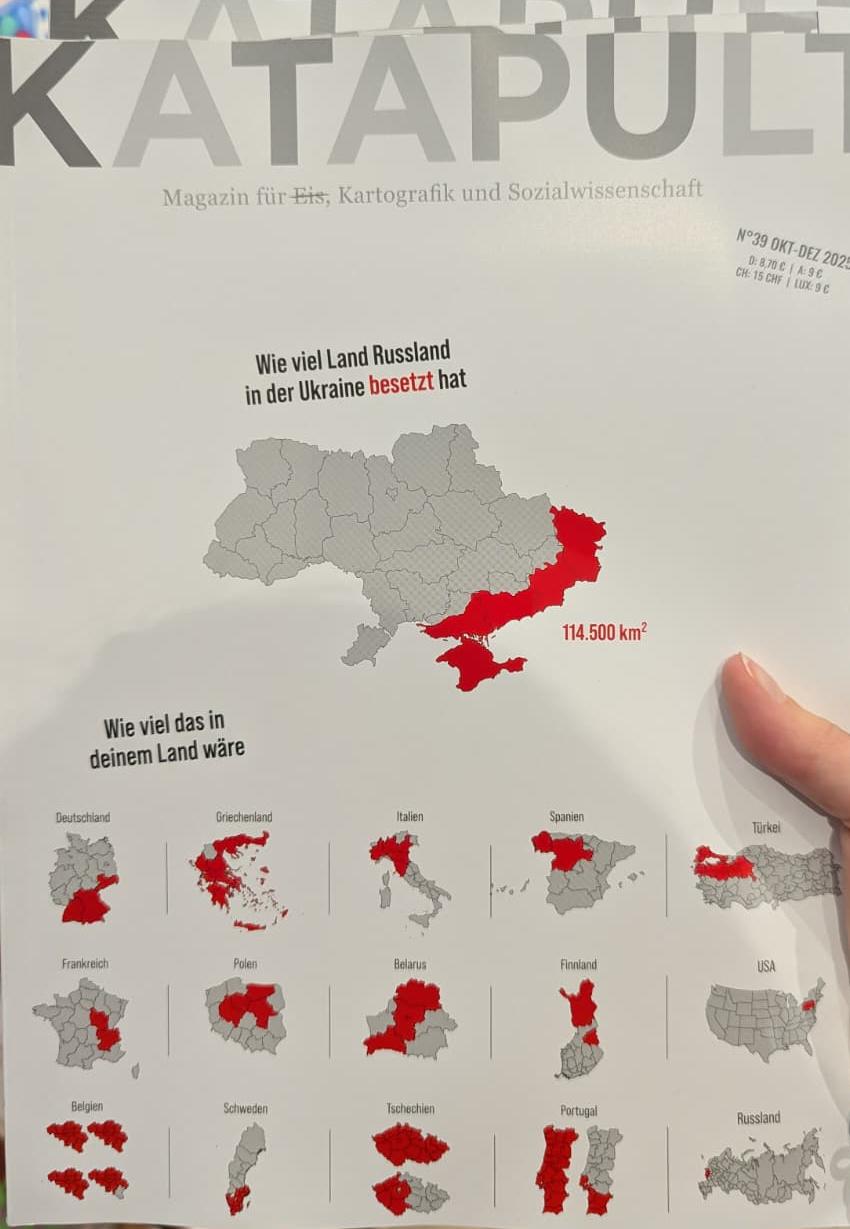

Marcus Rodriguez
Historical Geography Expert
Marcus Rodriguez specializes in historical cartography and geographic data analysis. With a background in both history and geography, he brings unique...
Geographic Analysis
What This Map Shows\nThis visualization highlights the territories occupied by Russia, providing a stark representation of the land that has been claimed or controlled through various means, including military actions and political maneuvers. By examining the extent of these occupied areas, we can gain a deeper understanding of Russia's geopolitical strategies and territorial ambitions, especially in the context of recent conflicts.
Deep Dive into Russian Occupation\nThe subject of Russian occupation is multifaceted, rooted in a complex history of territorial expansion and political influence. Historically, Russia has pursued a policy of territorial expansion, often justified by a mix of national security concerns, cultural ties, and the desire to reclaim lands considered historically Russian. This has led to significant military engagements and the establishment of control over regions that are not universally recognized as part of Russia.
One of the most prominent examples in recent history is Crimea, annexed in 2014 following a controversial referendum. This act was widely condemned internationally and has resulted in ongoing sanctions against Russia. Interestingly, Crimea is not just a strategic military asset; it holds significant economic value due to its tourism potential and natural resources. The annexation sparked a wave of unrest in Eastern Ukraine, where pro-Russian sentiments have led to conflict in the Donetsk and Luhansk regions, currently recognized as occupied territories by a number of nations and organizations.
In addition to Ukraine, Russia has engaged in various forms of territorial control in the Caucasus region, including areas within Georgia, such as South Ossetia and Abkhazia, which have been under Russian influence since the 2008 war. These regions provide Russia not only with strategic military footholds but also allow for greater control over the surrounding areas, which are vital for energy transit routes.
The Arctic region is another area of interest, where melting ice due to climate change is opening new navigable waters and access to untapped natural resources. Russia has been actively expanding its military presence there, asserting claims over vast areas that overlap with those of other nations. This has raised tensions, as countries vie for control over what could become vital shipping lanes and energy reserves in the coming decades.
Regional Analysis\nWhen examining the map, it’s crucial to break down the regions affected by Russian occupation. In Ukraine, for instance, the eastern provinces of Donetsk and Luhansk have been centers of conflict since 2014, with Russian-backed separatists declaring independence. This has not only caused humanitarian crises but has also led to significant geopolitical ramifications, with NATO and the EU reinforcing their support for Ukraine.
In the South Caucasus, Abkhazia and South Ossetia remain contentious points of international diplomacy. Georgian sovereignty is challenged by these regions' self-proclaimed independence, backed by Russia since the 2008 war. Interestingly, this situation highlights the delicate balance of power in the post-Soviet space, where former Soviet republics navigate their relationships with Russia amid aspirations for closer ties with the West.
Moreover, the Arctic region demands attention due to the potential for economic exploitation and military strategy. Russia's assertiveness in claiming territorial waters and establishing military bases signals its intent to dominate this emerging frontier, which could dramatically alter global shipping routes and resource distribution in the future.
Significance and Impact\nUnderstanding the implications of Russian territorial occupation is crucial for several reasons. Firstly, it highlights the ongoing tensions between Russia and Western nations, particularly regarding international law and the principle of territorial integrity. The annexation of Crimea and the ongoing conflict in Eastern Ukraine have raised questions about the effectiveness of international institutions in managing and resolving such disputes.
Additionally, the ongoing occupation and military presence in these regions have significant implications for regional stability and security. The presence of Russian forces can escalate local conflicts, leading to broader geopolitical tensions that involve not just neighboring countries but also global powers.
Looking ahead, the trend of territorial occupation may continue to evolve as Russia seeks to solidify its influence in contested regions. With ongoing sanctions and diplomatic isolation, Russia may double down on its assertive foreign policy, leading to further conflicts. This map serves as a reminder of the intricate and often fraught geopolitical landscape that shapes our world today, where occupied territories are not merely lines on a map but represent real lives, struggles, and international relations.
Visualization Details
- Published
- October 19, 2025
- Views
- 52
Comments
Loading comments...